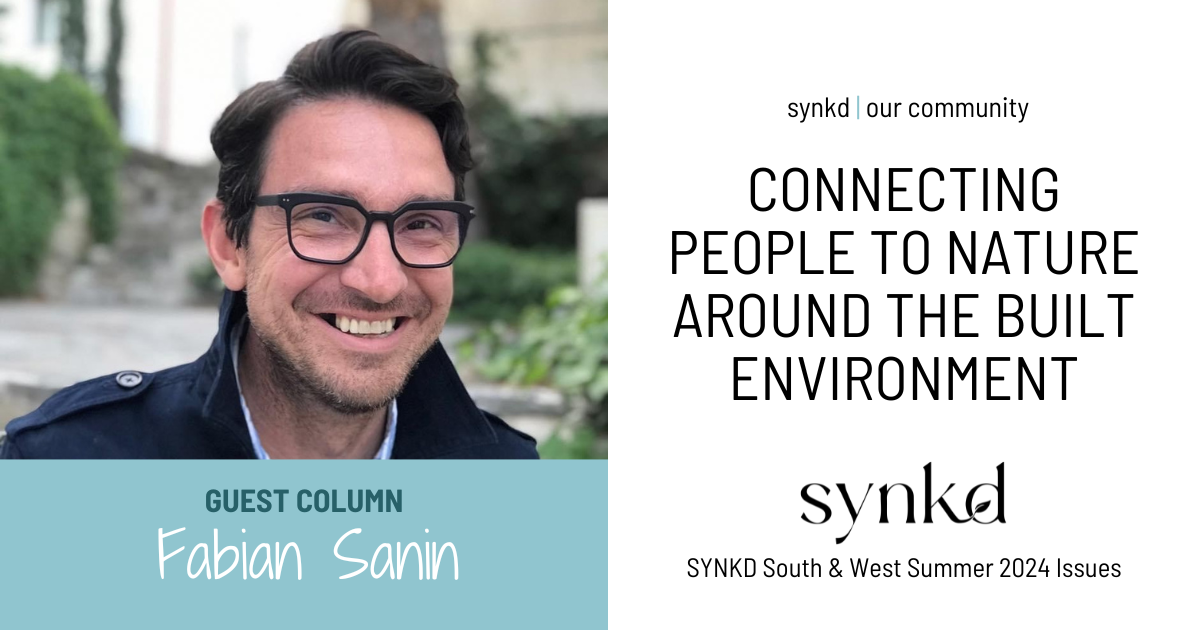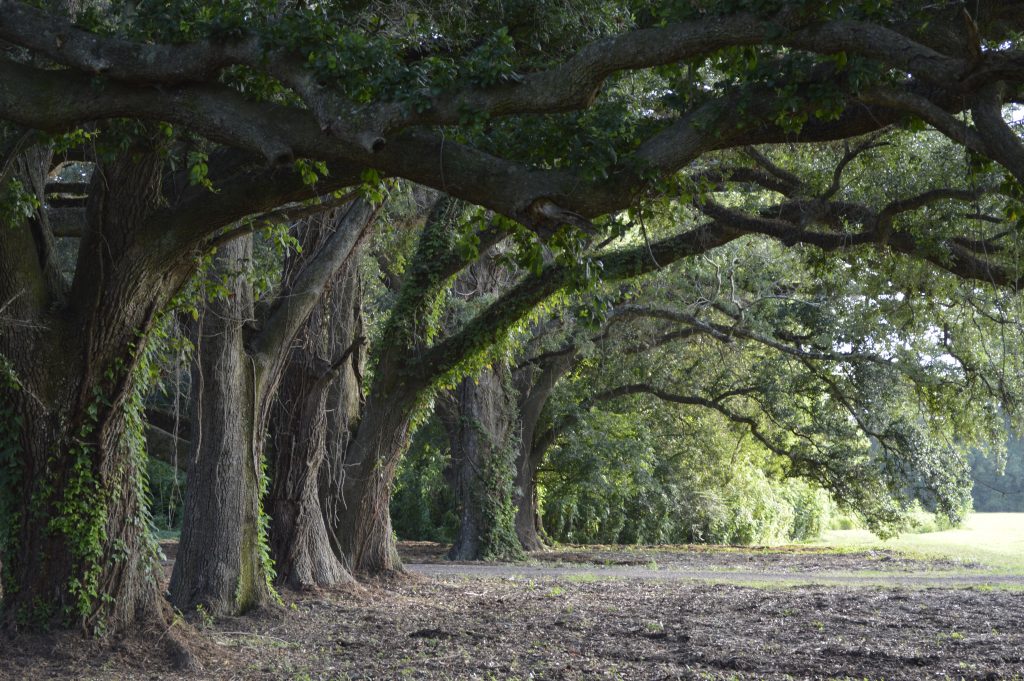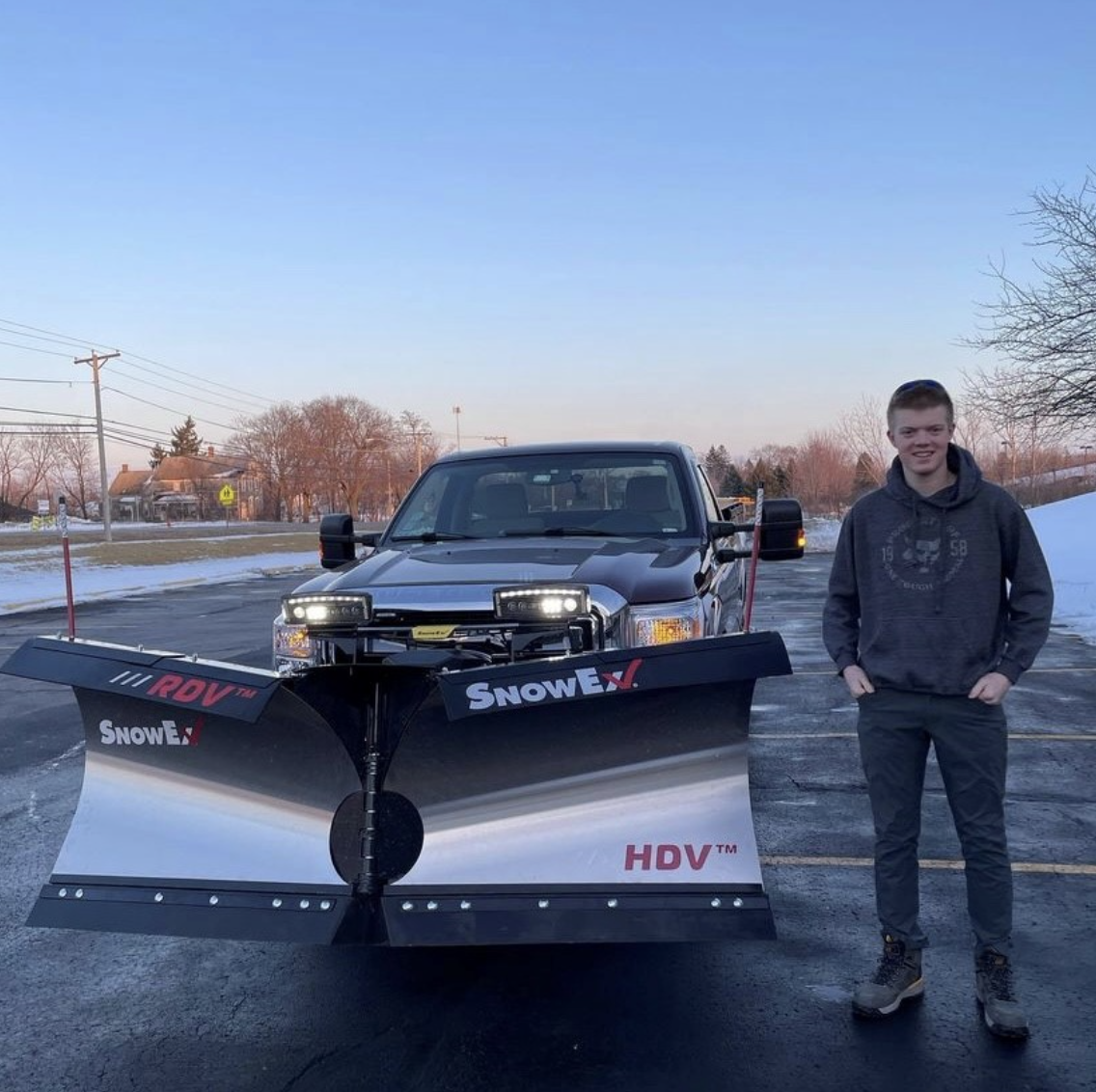.png?width=1892&height=1408&name=Moncus%20Park%20(1).png)
It Took More Than A Decade But A Local Activist Finally Managed to Save the Plot of Land Which is Now Known As Moncus Park
Perseverance. That’s what it’s taken to build Moncus Park, a privately funded park in Lafayette, Louisiana which has been 15 years in the making. The park—with massive oak trees, walking trails, and a scenic lake—encompasses 100 acres of green space right in the center of town. It all would have gone to private development had it not been for young activist and urban planner, Elizabeth “EB” Brooks.
In 2005, Brooks was studying environmental sustainability at the University of Louisiana at Lafayette. In exchange for working 10 hours a week at the campus horticulture center, her friend was living in a farmhouse on the university’s old cattle and equestrian farm when she was abruptly told to leave. The property was being sold.
They made a pact to save the horse farm, and now 15 years later, their dream has finally come true.
From facing political hurdles to raising more than $15 million; from an oil industry crash, local recession, a devastating flood, COVID-19 and two hurricanes, Brooks has faced more than her fair share of challenges.
But she never lost interest, even after graduating and moving away to work in Houston and then attending graduate school at UT Austin for urban planning and design.
“My work to save the horse farm inspired my career,” says Brooks. “I didn’t even know urban planning and design jobs existed before that.”
The university finally reached a deal in 2012 with the City of Lafayette, which then turned the land over to the new nonprofit conservancy, Lafayette Central Park.
“We knew to transform this property into a world-class central park, we’d have to raise the money ourselves,” recalls Brooks. So, she moved home, first as a board member and eventually as the executive director of Lafayette Central Park.
.png?width=2200&height=1274&name=Moncus%20Park%20(9).png) Moncus Park Master Plan
Moncus Park Master Plan
Creating a master plan
“As a planner, community engagement is really important, especially this particular project where so many people were involved in saving the horse farm,” says Brooks.
"We knew we needed a design firm who would be inclusive & truly be for the people. The integrity of the process was most important to us."
Unlike other firms that submitted almost final designs for the park, Design Workshop’s plan was all about engaging the public in the design process.
Design Workshop is an award-winning firm known for its innovative urban projects in cities like Houston, Denver, Phoenix, Vancouver and Green Bay. Chairman and CEO, Kurt Culbertson, happens to be a Louisiana native.
“I immediately knew it was the right fit,” says Brooks. “Kurt went to LSU, which has one of the best landscape architecture programs in the country, and he’s made a point through his illustrious career to hire LSU grads. It was really cool for us to be able to work with essentially locals, through a firm with so many offices around the world.”
.png?width=330&height=441&name=Moncus%20Park%20(5).png) The team held community workshops for nine months, gathering some 7,400 opinions from all sectors of the city for inclusivity and diversity. Design Workshop used state-of-the-art technology to gather public opinions and display votes in real-time. The firm also implemented mapping technology with drag-and-drop features for everyone to choose the ideal location of its main attractions. At other meetings, citizens actually glued their favorite features onto construction paper, and Design Workshop scanned them in, using a heat map to show what the majority of people wanted.
The team held community workshops for nine months, gathering some 7,400 opinions from all sectors of the city for inclusivity and diversity. Design Workshop used state-of-the-art technology to gather public opinions and display votes in real-time. The firm also implemented mapping technology with drag-and-drop features for everyone to choose the ideal location of its main attractions. At other meetings, citizens actually glued their favorite features onto construction paper, and Design Workshop scanned them in, using a heat map to show what the majority of people wanted.
With the masterplan in hand, Brooks then approached local philanthropists and businesses for the remainder of the funding.
Louisiana oilman Jim Moncus donated $7.5 million, which funded the infrastructure, including a bridge onto the property over a large city drainage canal, known in Louisiana as a coulee. With a major flood in 2016, there was more red tape than usual working with FEMA and Lafayette Consolidated Government. (Lafayette gets 62 inches of rain annually; in 2016, 21 inches of rain slammed the city in just one day). The small two-lane bridge over the coulee ended up costing nearly $2 million.
The other major work during the initial construction phase included creating the four-acre lake, the focal point of Moncus Park. While the lake is scenic and serene, it also provides drainage and irrigation as well as future revenue through fishing pole and kayak rentals. The 150,000 cubic yards of dirt excavated for the lake created two hills that serve as a sound barrier to the adjacent neighborhood.
.png?width=1806&height=1264&name=Moncus%20Park%20(4).png)
Lake Reaux Rendering
“We worked with engineering partner Mader Engineering, who installed a box at the culvert so in the case of a low-rain event, water can go through the ravine; but if it’s a major gully-washer, almost all the water is diverted into a pipe that fills the pond,” says Brooks.
"Not only does it give us a sustainable water source,
it allows our pond with all those beautiful wetland gardens to filter the rainwater while buying some time so all that water doesn’t overwhelm the city coulee."
.png?width=247&height=332&name=Moncus%20Park%20(3).png) The Society for Louisiana Irises donated 800 native irises, and Moncus Park will be the location for all hybridized and native Louisiana iris species. The Master Gardeners of the LSU AgCenter Cooperative Extension office also plan to make Moncus Park their headquarters.
The Society for Louisiana Irises donated 800 native irises, and Moncus Park will be the location for all hybridized and native Louisiana iris species. The Master Gardeners of the LSU AgCenter Cooperative Extension office also plan to make Moncus Park their headquarters.
Some 250 native magnolias, oaks and cypress trees have been planted on the property. Other grasses and plants include Celebration bermudagrass, Gulf muhly, Mexican petunia, Dwarf palmetto, Southern shield ferns, bog sage, dwarf agapanthus, and Blue mistflower to name a few. “Overall, we’ve achieved a naturalistic and modern look,” says Brooks.
From the beginning, sustainability has been imperative. The team installed solar-powered lights, a rain garden in the parking lot, and water bottle refilling stations. Lake Flato, an architecture firm out of San Antonio, is designing the future farmers pavilion to be off the electrical grid and tout low water usage.
.png?width=1956&height=1264&name=Moncus%20Park%20(7).png)
To compute maintenance costs, down to the number of man hours for each square foot of grass, the team worked with ETM Associates, one of the country’s foremost operations and maintenance planning consultants.
Phase 2
Phase 2 of Moncus Park includes building an amphitheater, carousel, Veterans Memorial and botanical gardens. Duplantis Design Group (DDG) will manage all design and engineering during Phase 2, under the leadership of Chad Danos, FASLA, PLA.
Highlights include whimsical treehouses designed by Animal Planet’s own “Treehouse Master” Pete Nelson. Nelson visited the property last year to make plans and was especially excited about the notable oaks.
.png?width=351&height=264&name=Moncus%20Park%20(6).png)
.png?width=378&height=264&name=Moncus%20Park%20(2).png)
Another feature for children includes an interactive Louisiana-themed splash pad designed by Jim Garland, a graduate of UL. His firm Fluidity Design Consultants is responsible for such projects as the Metropolitan Museum of Art in New York and the Bellagio in Las Vegas.

Connecting People to Nature Around the Built Environment
I have always been interested in how our connection to nature enhances our well-being. Growing up in New York City, surrounded by millions of people...
.png?width=541&height=218&name=synkd%20logo%20w%20tagline%20(2).png)



 Laura Lee
Laura Lee

